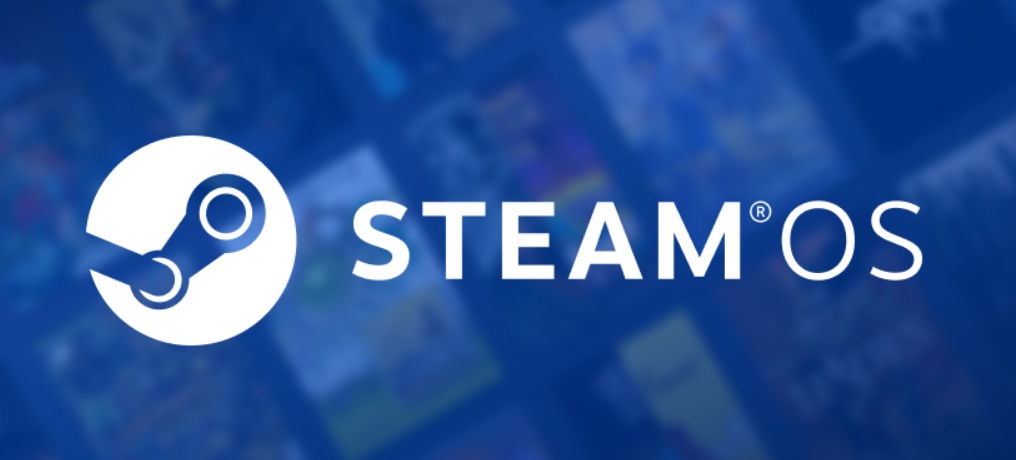Valve's instructions will walk you through downloading a SteamOS recovery image and copying it to a USB drive using either the Rufus tool (on Windows) or Balena Etcher (the preferred macOS and Linux utility). After turning Secure Boot off, you should be able to boot from the USB drive and install SteamOS as you would on a regular Steam Deck.
Note that there's no simple, officially supported way to dual-boot SteamOS and Windows; if you decide to turn your handheld, laptop, or desktop into a new Steam Machine, the only way to make it back into a Windows PC is to re-enable Secure Boot and install a fresh copy from another USB drive.
The SteamOS 3.7 update (officially, version 3.7.8) also includes a bunch of other updates to the underlying software: version 6.11 of the Linux kernel (up from version 6.5 in SteamOS 3.6), "a newer Arch Linux base," version 6.2.5 of the Plasma interface in desktop mode, new Mesa graphics drivers, and various other tweaks and bug fixes.
A second act for SteamOS
The original version of SteamOS was designed to be widely compatible with all kinds of PC hardware and was available both from major PC manufacturers and as a standalone OS that you could (and which we did) install on custom, self-built PCs. But these computers and that version of SteamOS mostly flopped, at least in part because they only ran a small subset of games that natively supported Linux.
The current version of SteamOS launched with more modest aims as the first-party operating system for a single piece of hardware. But by focusing on the game compatibility problem first and leading the way with category-defining hardware, Valve has actually built a much stronger foundation for the current version of SteamOS than it did for the original.
That doesn't make SteamOS a drop-in replacement for Windows—without strong support for Intel or Nvidia hardware, it's not a great candidate for the majority of gaming PCs, or even Intel-powered gaming handhelds like the MSI Claw A1M. And Windows is set up to be a multi-purpose general-use operating system in ways that SteamOS isn't; Valve still says that, despite the presence of desktop mode, "users should not consider SteamOS as a replacement for their desktop operating system." But for certain kinds of systems that are primarily used as gaming PCs, SteamOS is a real contender.









 English (US) ·
English (US) ·